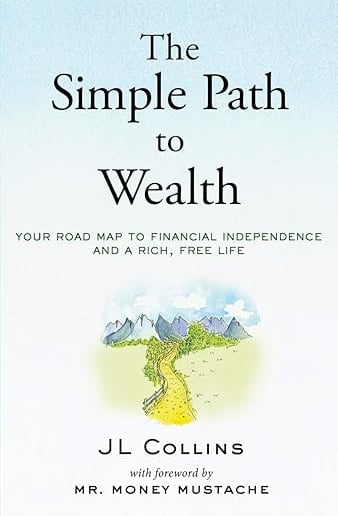Top 5 Takeaways : The Simple Path to Wealth
Your road map to financial independence and a rich, free life
BOOK
1/20/20251 min read


Here are 5 key takeaways from J.L. Collins' "The Simple Path to Wealth":
Live Below Your Means: This is the cornerstone of financial independence. Consistently spending less than you earn allows you to save and invest more aggressively.
Embrace Simplicity: Avoid complex investment strategies, high-fee funds, and unnecessary financial products. Focus on low-cost, broad-market index funds like the S&P 500.
Automate Your Investments: Set up automatic transfers from your checking account to your investment accounts. This removes the temptation to spend and ensures consistent contributions.
Ignore the Noise: Tune out the daily fluctuations of the stock market and focus on the long-term. Market downturns are inevitable, but over time, the stock market has consistently trended upwards.
Focus on Your Goals: Define your financial goals (e.g., early retirement, a down payment on a house) and let them guide your investment decisions.
One key story in "The Simple Path to Wealth" revolves around the concept of "The Latte Factor."
The Story: Collins uses the example of daily lattes to illustrate how seemingly small, everyday expenses can significantly impact long-term wealth accumulation.
The Message: By forgoing daily luxuries like lattes, you can free up substantial funds for investment. This seemingly small sacrifice can have a dramatic impact over time due to the power of compounding.
Key Takeaway: The story emphasizes the importance of mindful spending and identifying areas where you can cut back on unnecessary expenses to accelerate your path to financial independence.
This story serves as a powerful reminder that even small, seemingly insignificant expenditures can have a significant impact on your financial future.
Disclaimer: This is a brief summary of key takeaways and a key story. It is intended to provide a general overview of the book's core concepts. For a comprehensive understanding of the author's philosophy and its applications, I strongly recommend reading the book in its entirety.
Just Be Wealthy
© 2025. All rights reserved.
100% of the earnings we generate through our affiliate program will be donated to charity.
